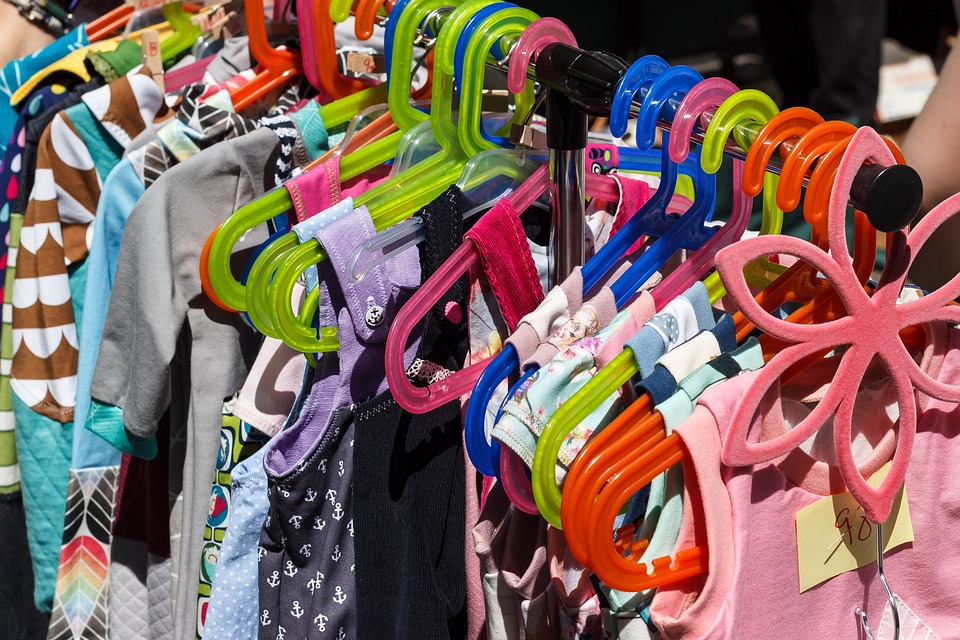
Mastering Flea Prevention: Essential Tips for Raising Healthy, Happy Kittens
Raising a kitten is a rewarding experience filled with joy, love, and plenty of playful antics. However, it also comes with the responsibility of ensuring your furry companion remains healthy and comfortable. One of the most common challenges new and experienced cat owners face is flea prevention. Fleas are not only pesky but can also pose severe health risks to your kitten. This article offers valuable insights and practical advice to help you master flea prevention and ensure your kitten grows up happy and healthy.
Understanding the Flea Life Cycle
To effectively combat fleas, it’s crucial to understand their life cycle. Fleas go through four stages: egg, larva, pupa, and adult. The cycle can vary from a few weeks to several months, depending on environmental conditions. Adult fleas live on animals, feeding on their blood, while eggs, larvae, and pupae can be found in the environment, such as carpets, bedding, and furniture. Understanding this cycle helps in implementing comprehensive flea control strategies.
Recognizing Flea Infestation Symptoms
Early detection of a flea infestation is key to preventing it from escalating. Common signs include excessive scratching, biting, or licking of the skin, visible fleas or flea dirt (tiny black specks) in the fur, and red or irritated skin. In severe cases, kittens may develop anemia due to blood loss, which can be life-threatening. Regular inspection and grooming can help identify these symptoms early.
Implementing Flea Prevention Strategies
Effective flea prevention involves a combination of approaches to address both the pet and its environment. Here are some strategies to consider:
1. Regular Grooming
Grooming your kitten regularly not only keeps their coat clean and healthy but also helps in early detection of fleas. Use a fine-toothed flea comb to check for adult fleas and flea dirt, especially around the neck, tail, and belly areas. Regular grooming sessions also strengthen the bond between you and your pet.
2. Using Flea Control Products
Numerous flea control products are available, including topical treatments, oral medications, and collars. It’s essential to choose products specifically designed for kittens, as adult formulations can be harmful to young cats. Always consult with a veterinarian to determine the best option for your kitten’s age, size, and health status.
3. Environmental Control
Since a significant portion of the flea life cycle occurs off the pet, treating the environment is crucial. Vacuum regularly, especially in areas where your kitten spends most of their time, to remove eggs, larvae, and pupae. Wash bedding and toys in hot water weekly. Consider using environmental flea control products, such as sprays or foggers, but ensure they are pet-safe.
4. Natural Remedies
For those who prefer natural solutions, several options are available. Diatomaceous earth, a natural powder, can be sprinkled on carpets and pet bedding to kill fleas by dehydrating them. Essential oils, such as lavender or cedarwood, can be used in diluted forms as repellents, but it’s crucial to consult with a veterinarian first, as some oils can be toxic to cats.
5. Regular Veterinary Check-Ups
Routine veterinary visits are vital for maintaining your kitten’s overall health. During these visits, your vet can check for fleas and advise on the best prevention and treatment options. They can also help address any flea-related health issues, such as skin infections or anemia.
Addressing Flea Infestations
If you discover fleas on your kitten, it’s important to act quickly to prevent a full-blown infestation. Here are steps to take if you find your kitten has fleas:
1. Bathe Your Kitten
While kittens are not fond of water, a gentle bath with kitten-safe shampoo can help remove fleas and flea dirt. Ensure the water is warm and the room is draft-free. Thoroughly dry your kitten afterward to prevent chilling.
2. Apply a Flea Treatment
After bathing, apply a vet-recommended flea treatment suitable for kittens. Follow the instructions carefully to ensure effectiveness and safety. Never use products intended for dogs, as they can be toxic to cats.
3. Treat the Environment
As mentioned earlier, treating your home environment is crucial. Focus on areas where your kitten spends the most time, and continue with regular cleaning and vacuuming to break the flea life cycle.
4. Monitor and Follow-Up
After treating both your kitten and your home, continue to monitor for signs of fleas. It may take several weeks to completely eradicate an infestation, so consistency is key. Follow up with regular flea prevention measures to avoid future issues.
Conclusion
Flea prevention is an essential aspect of kitten care that requires attention and diligence. By understanding the flea life cycle, recognizing infestation symptoms, and implementing effective prevention strategies, you can protect your kitten from these pesky parasites. Remember, a healthy kitten is a happy kitten, and safeguarding them from fleas is a significant step in ensuring their well-being. With the right knowledge and tools, you can master flea prevention and provide your furry friend with a safe and comfortable environment to thrive.
#ChatGPT assisted in the creation of this article.








